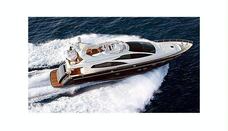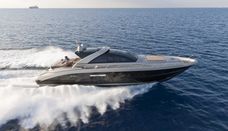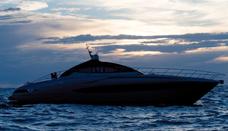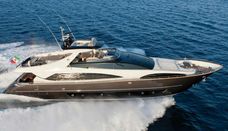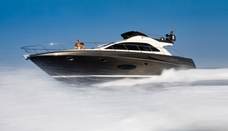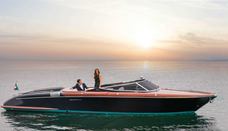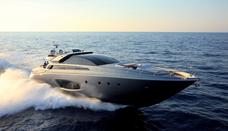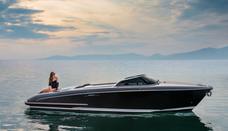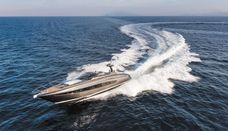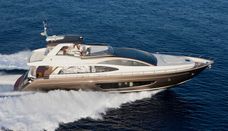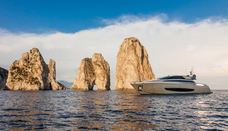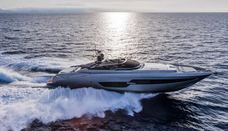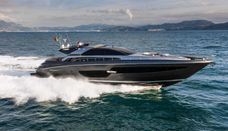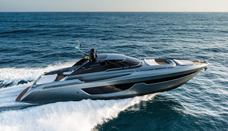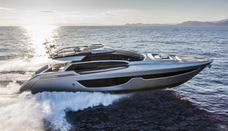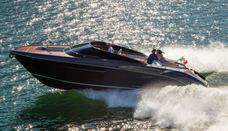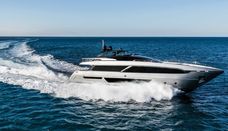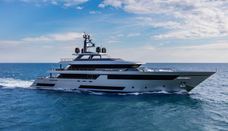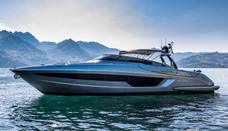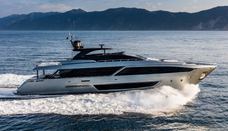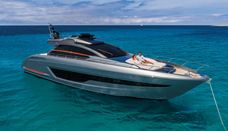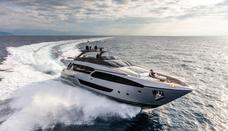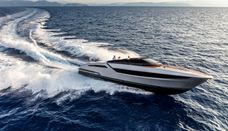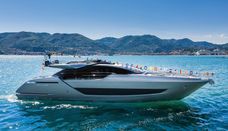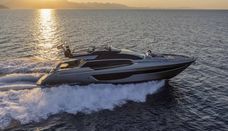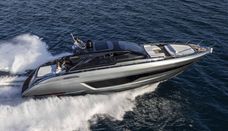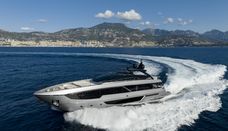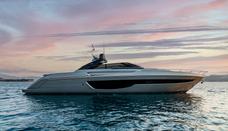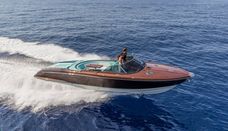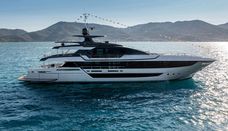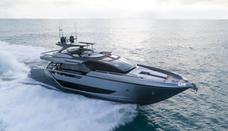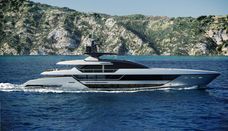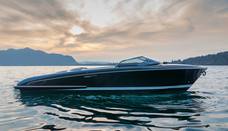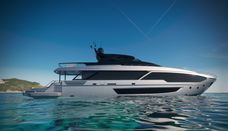Riva Yachts History & Heritage
Established in 1842 on Lake Iseo in Sarnico by Pietro Riva, the Riva boatyard has been a pioneering force in the evolution of motor yachts. From crafting quality sailing boats in its early years, Riva embraced the internal combustion engine, marking the birth of Riva motorboats.
Serafino Riva, post-World War I, infused the brand with a distinct style, transitioning from commercial craft to power boating. The 1920s and 1930s saw Riva securing powerboat records and triumphs in national and international competitions.
The 1950s, under Carlo Riva, witnessed the brand's ascent to prominence, becoming a coveted choice for aristocrats, athletes, businessmen, and movie stars. Carlo introduced iconic wooden yachts like Ariston, Tritone, and Sebino, paving the way for series production.
Collaborating with designer Giorgio Barilani in 1956, Riva refined its style, culminating in the legendary Aquarama's launch in 1962. This masterpiece became a symbol of Riva and Italian style, commanding a significant price and enduring as a collector's item today.
In 1969, Riva embraced fiberglass construction for some models, marking a significant shift. Acquired by Whittaker in 1969 and later by Vickers in 1988, Riva continued its legacy with successful GRP production, influencing designs for other prominent yacht builders.
Wooden runabouts production persisted until 1996, concluding with the Aquarama Special. However, Riva's stylistic influence endures in modern sportsboats.
In 2000, the Ferretti Group added Riva to its portfolio, ensuring the continuation of this iconic Italian yacht builder's rich history.



